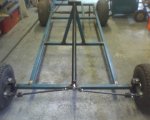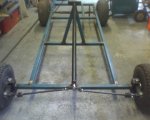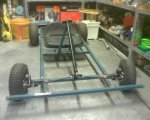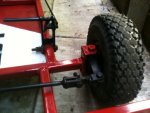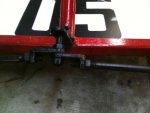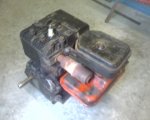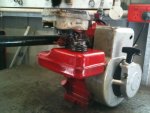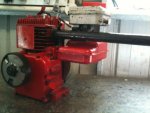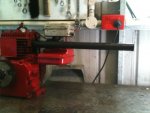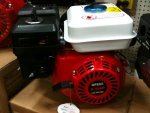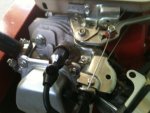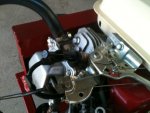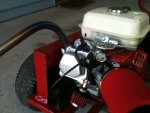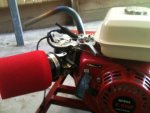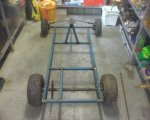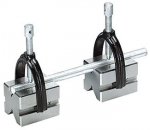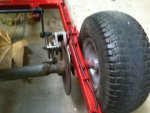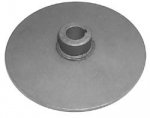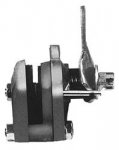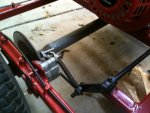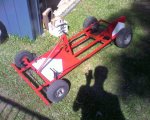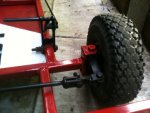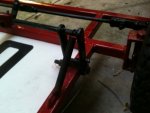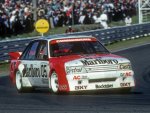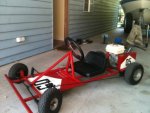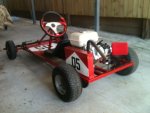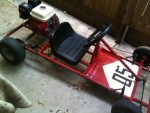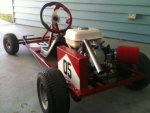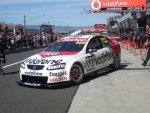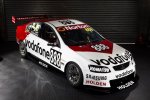GregMartin
I like fast cars
Greg's Go-Kart Project
I created this document to provide some detail on the process I went through to build a go-kart from scratch for my boys.
My Workshop
Before I go into the detail of the go-kart build I’ll quickly describe my workshop and the tools I have available to make this project possible. Firstly the most important machine is an arc welder, mine is a single phase unit good for about 140Amps.
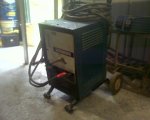
I also have a small gas-less MIG welder pictured below that I used to weld the sheet metal.
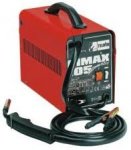
I have a very old lathe which is surprisingly accurate if you are prepared to be patent when setting up the job in the four jaw independent chuck, aligning the tail stock, setting the combination slide etc.
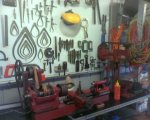
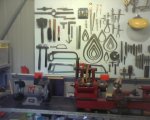
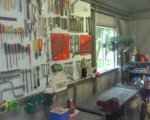
It makes things a lot easier if you have benches, vices, a drill press, bench grinder etc.
Materials
• RHS mild steel square section 25mm x 25mm x2.5mm (thickness)
• Mild steel flat bar 40mm x 5mm
• Mild steel flat bar 20mm x 5mm
• Mild steel round bar 20mm
• Mild steel round bar 10mm
• Mild steel round bar 6mm
• Mild steel tube 26.9mm (OD) x 2.3mm (thickness)
• Mild steel plate 200mm x 150mm x 5mm
• Sheet metal from old office furniture
British Standard Whitworth
I was fortunate enough to have a fairly complete set of Whitworth taps and dies as well as a set of Whitworth spanners. I found fabricating parts using Whitworth threads simplifies the process. I purchased some boxes of 3/8” and ½” nuts and bolts of various lengths. Whitworth sizes refer to the bolt diameter and not the across the flats of the hexagon bolt head. This frustrates some people as the opening on the spanner is much larger than the size stamped on it. However it makes it easy, if you want to put a thread on a 3/8” rod you simply use a Whitworth 3/8” die. You can then thread a standard Whitworth nut onto it using a British Standard Whitworth 3/8” spanner.
Frame
I created a frame using RHS steel square section 25mm x 25mm x 2.5mm. This is relatively easy to arc weld and it is strong. Initially I used an old Modern Mechanics go-kart frame plan which is widely available on the internet to get a rough idea of dimensions and general configuration. After I worked out the dimensions I cut the steel and welded it together on the concrete floor so that I had a flat surface. I used magnetic right angle clamps pictured below to keep the frame square and it all turned out pretty well.
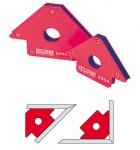
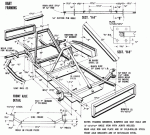
This diagram is very detailed. It is way more complicated than it needs to be however it gives an idea of what’s required. Below is a drawing showing the dimensions of the frame that I welded up. All dimensions are in millimetres.

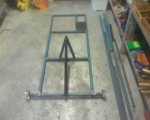
In this picture you can see the engine mounting plate, the brackets for the steering spindles and the housing for the steering column. I used a triangle configuration to hold the steering column rather than a single upright. I used the triangle arrangement because if the kids had a crash it might hurt a bit but it wouldn’t ruin there future.
Greg’s Go-Kart Project
IntroductionI created this document to provide some detail on the process I went through to build a go-kart from scratch for my boys.
My Workshop
Before I go into the detail of the go-kart build I’ll quickly describe my workshop and the tools I have available to make this project possible. Firstly the most important machine is an arc welder, mine is a single phase unit good for about 140Amps.

I also have a small gas-less MIG welder pictured below that I used to weld the sheet metal.

I have a very old lathe which is surprisingly accurate if you are prepared to be patent when setting up the job in the four jaw independent chuck, aligning the tail stock, setting the combination slide etc.



It makes things a lot easier if you have benches, vices, a drill press, bench grinder etc.
Materials
• RHS mild steel square section 25mm x 25mm x2.5mm (thickness)
• Mild steel flat bar 40mm x 5mm
• Mild steel flat bar 20mm x 5mm
• Mild steel round bar 20mm
• Mild steel round bar 10mm
• Mild steel round bar 6mm
• Mild steel tube 26.9mm (OD) x 2.3mm (thickness)
• Mild steel plate 200mm x 150mm x 5mm
• Sheet metal from old office furniture
British Standard Whitworth
I was fortunate enough to have a fairly complete set of Whitworth taps and dies as well as a set of Whitworth spanners. I found fabricating parts using Whitworth threads simplifies the process. I purchased some boxes of 3/8” and ½” nuts and bolts of various lengths. Whitworth sizes refer to the bolt diameter and not the across the flats of the hexagon bolt head. This frustrates some people as the opening on the spanner is much larger than the size stamped on it. However it makes it easy, if you want to put a thread on a 3/8” rod you simply use a Whitworth 3/8” die. You can then thread a standard Whitworth nut onto it using a British Standard Whitworth 3/8” spanner.
Frame
I created a frame using RHS steel square section 25mm x 25mm x 2.5mm. This is relatively easy to arc weld and it is strong. Initially I used an old Modern Mechanics go-kart frame plan which is widely available on the internet to get a rough idea of dimensions and general configuration. After I worked out the dimensions I cut the steel and welded it together on the concrete floor so that I had a flat surface. I used magnetic right angle clamps pictured below to keep the frame square and it all turned out pretty well.


This diagram is very detailed. It is way more complicated than it needs to be however it gives an idea of what’s required. Below is a drawing showing the dimensions of the frame that I welded up. All dimensions are in millimetres.


In this picture you can see the engine mounting plate, the brackets for the steering spindles and the housing for the steering column. I used a triangle configuration to hold the steering column rather than a single upright. I used the triangle arrangement because if the kids had a crash it might hurt a bit but it wouldn’t ruin there future.

